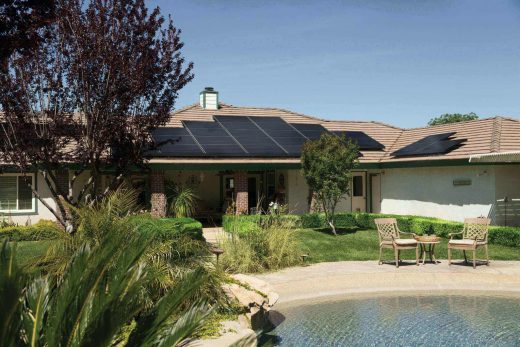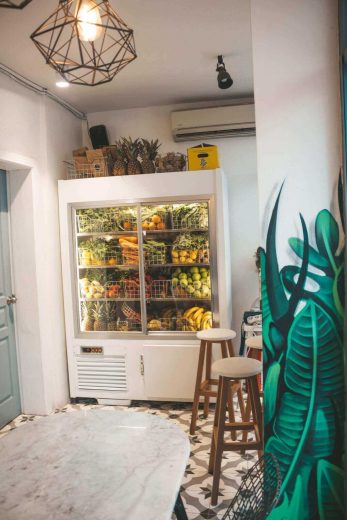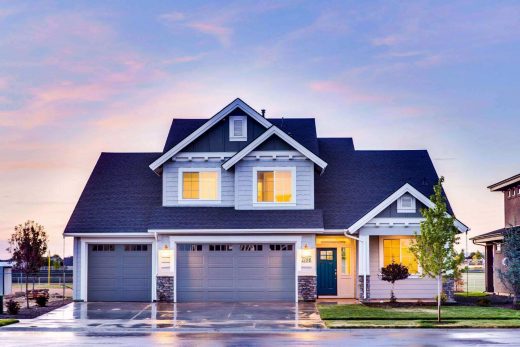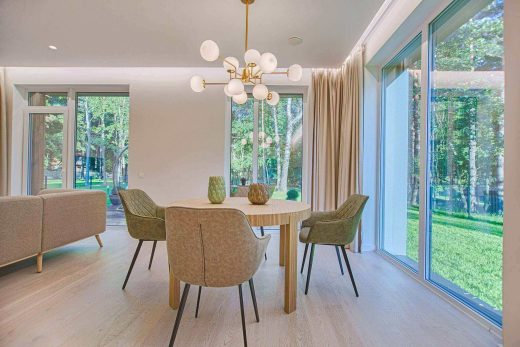Nowadays, sustainability has become a primary concern in our daily lives due to its hazardous environmental impact. Therefore, people worldwide have started opting for sustainable homes as it leads to low energy consumption, low cost in maintenance of homes, saving natural resources for future generations, etc. This small step can be a giant leap for humanity towards sustainable living.
A sustainable home is an efficient, resource-friendly, energy-efficient, and water-efficient home that will last with quality systems. Low-impact, high-performance materials are used in sustainable homes that contribute significantly to the environment. Some points are essential that matters the most, i.e., size, location, orientation, outlook, transportation, infrastructure, recyclable materials, and many more.
In India, people are building more eco-friendly homes and have even planned to induce maximum efficiency as close to 100% in big apartments like in 4 BHK Apartments in Hyderabad. For instance, a couple in Hyderabad has constructed a house entirely of bamboo, including the walls and lining. Moreover, they have exposed the ceiling to let natural light enter and have used organic vegetation and solar panels for green living. Wall paints, green laminates, tin roofs, sun-proof windows, etc., are some of the means that can be adapted to sustainable living.
Similarly, several other ways can be incorporated towards a sustainable way of living. Some of them are –
By selecting a sustainable wall paint
It may be surprising for many people to know that wall paints also contribute towards sustainable living. Wall paints balance the temperature of the home, keeping it cool and also improve the air quality. Paints that are organic, free of VOC, and eco-friendly should be widely adopted for green living. For people living in 3 BHK Apartments in Hyderabad, it’s common to find VOC in paints, but it should be strictly avoided as it contains harmful chemical compounds that can cause serious health problems.

Fig 1: Sustainable paint used in a home
By adopting rainwater harvesting
Rainwater is the purest and cleanest water that can be utilized in unimaginable ways. Drip irrigation is one such thing that uses rainwater to carry the water through the roof pipes and deliver it to the plants without any human effort. This form of rainwater harvesting system can minimize frequent watering to the plants. Also, in rainy seasons, this water can be stored and used in daily activities.

Fig 2: Rainwater harvesting system in a home
By adopting solar water heaters or panels
The use of solar panels can minimize energy consumption by 75%. Solar panels are installed on roofs that use sunlight’s energy to induce cooling inside homes. Conventional water heating systems consume more power and hence are not eco-friendly. Accordingly, solar water heaters should be adopted as they depend on materials rather than electricity to operate.

Fig 3: Solar panels installed on the roof of a home
By investing in energy-efficient air conditioners, refrigerators, inductions, etc.
Energy-efficient appliances like refrigerators, free from CFC, must be widely embraced as it is the most used appliance in any home. Refrigerator power consumption in watts is a headache for many occupants as it increases electricity bills. For such reasons, power-saving refrigerators must be encouraged for sustainable living. Further other appliances like sustainable air conditioners must be used for fresh air, and coffee machines, steam ovens must be adopted as they are energy-efficient appliances.
Apart from this, induction cooker power consumption is another appliance that needs serious attention. For people living in 2 BHK Apartments in Hyderabad, it is most common for them to use an induction cooker to save time frequently. But it should be kept in mind that to live a sustainable life and to have a sustainable future, it is necessary to use power-saving appliances.

Fig 4: Power saving refrigerator used in a home
By Building small-sized house
Not everyone knows, but a small-sized house is far more efficient than a large house. This is because a small-sized house needs fewer materials, has low energy consumption, eco-friendly, sustainable in terms of appliances, and less wasteful.

Fig 5: A sustainable small-sized house
Using recyclable materials
It’s a fact that what we impose on nature is reverted to us by nature. Some options that can be interesting to use are – using recyclable materials to build countertops, metals made from recyclable products, recycled drywall materials, reusing excavated soil in the building construction, and many more.

Fig 6: Gunny bag that can be used for temperature control
Selecting Energy Efficient Doors and Windows
It is essential to secure the opening to prevent energy wastage. Also, it is crucial to choose the right type of glass for doors and windows as well as the proper material for isolation. Windows and doors are costly initially, but robust of them are beneficial in the long run. It is often found that a weak point for air leakage is there, which needs immediate attention. Hence, it is vital to ensure that there is adequate air sealing around them.

Fig 6: Energy-efficient doors and windows used in a home
Conclusion
Sustainability is beneficial for our planet as it will reduce the consumption of natural resources and help our future generations. In civil engineering, sustainable home is of utmost importance as, in the long run, we are dealing with the climate. In town planning, a sustainable house is a better option in the environmental aspect. An eco-friendly home is far more valuable in terms of money and health. Not only that, eco-friendly homes can eventually give us good things that we can cherish throughout our life. This is an ideal way to lead a sustainable lifestyle. Thus, a building planner, as well as a town planner, need to prefer sustainable homes over other types that are traditional and use conventional materials like concrete which contributes to about 5-8% of carbon dioxide in the atmosphere. Moreover, other options can be adopted like using Geopolymer concrete, Lightweight concrete, basalt fibers reinforcement instead of steel reinforcements, resuing shuttering woods, avoiding volatile paints, avoiding plastic materials, using earthen appliances, and so on.
If you have a query, you can ask a question here.


